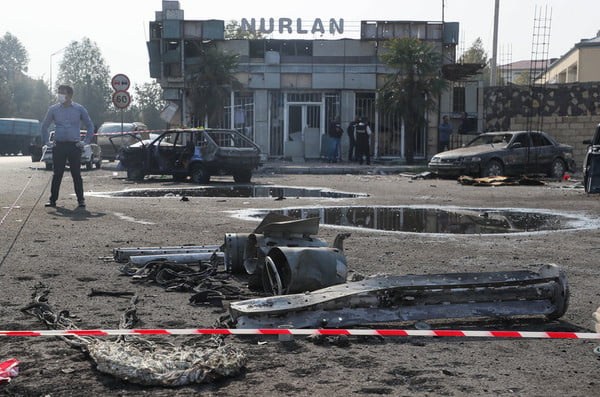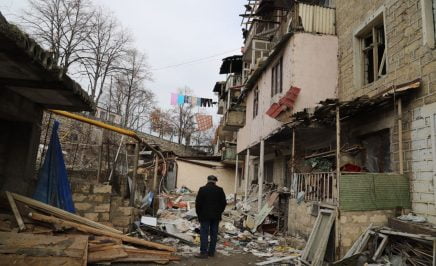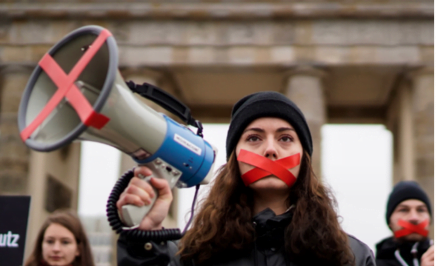On July 14th, an escalation in conflict at the Armenia – Azerbaijan border resulted in at least 16 deaths, and reignited a generations-long conflict between the two nations.
By the end of September this erupted into heavy fighting which in recent weeks has led to thousands of civilians being displaced as both sides continue to exchange artillery and rocket fire, despite attempts to broker an end to hostilities.
Is this a new conflict?
The history of this conflict is centred on the territory of Nagorno-Karabakh, a region located within Azerbaijani territory but with a majority ethnic Armenian population.
Ownership of the territory has been contentious for centuries, but erupted into war between Azerbaijan and Armenia in the early twentieth century when territorial disputes in the Southern Caucuses were intensified by the 1917 Russian Revolution and World War One.
After both nations came under Soviet control, these disputes largely came to a stand-still, until tensions were reignited in 1988 when Armenians of Karabakh lobbied to leave Soviet Azerbaijan and join Armenia.
Large-scale violence broke out in 1991 when Nagorno-Karabakh declared independence from Azerbaijan, and the dissolution of the USSR left Armenia and Azerbaijan as two independent nation-states. A fragile ceasefire was declared in 1994 after tens of thousands deaths and the displacement of hundreds of thousands, mostly ethnic Azerbaijani.
Despite the ceasefire there have since been a number of hostilities and skirmishes both in Nagorno-Karabakh and recently along the Armenia-Azerbaijan border.
What are the main human rights concerns?
There are a number of human rights concerns that have come to light during the most recent conflict. The main concern is the number of civilian casualties and damage to civilian buildings and infrastructure. This is largely due to the use of cluster bombs.
Cluster bombs are weapons which scatter hundreds of bomblets, or submunitions, over a wide area. It is estimated that between 5 and 20 per cent of cluster bomblets fail to explode. They are then left behind, posing a threat to civilians similar to that of anti-personnel landmines.
The use of these bombs violates the prohibition of indiscriminate attack and are internationally banned by a treaty backed by more than 100 states.
Civilian casualties and severe damage to civilian buildings have been reported most notably in the city of Ganja in Azerbaijan, as well as in the Armenia-controlled Nagorno-Karabakh region. Photo and video evidence reveals devastating damage to hospitals, schools and vital infrastructure.
Other concerns include restrictions to internet access by the Azerbaijani government. And concern over freedom of expression after the arbitrary detention of Giyas Ibrahimov, an activist and former prisoner of conscience, by Azerbaijani security services.
What does Amnesty think should happen?
Amnesty International calls on the parties to the conflict to fully respect international humanitarian law, particularly the prohibition of direct attacks on civilians and civilian objects, and of indiscriminate attacks. Military forces also must take all feasible precautions to spare civilians and civilian objects.
This means that they must not use explosive weapons with wide area effects, such as artillery, in the vicinity of concentration of civilians. Amnesty also urges both sides to join the Convention on Cluster Munitions, the global treaty banning the weapons.
Amnesty International also calls upon the international community to monitor the situation and exert every effort to ensure both sides to the conflict observe international humanitarian law. Reports of violations of international humanitarian law must be thoroughly investigated and perpetrators held accountable.
A peace deal has since been brokered in the region and Armenian refugees have begun to return to the region.





